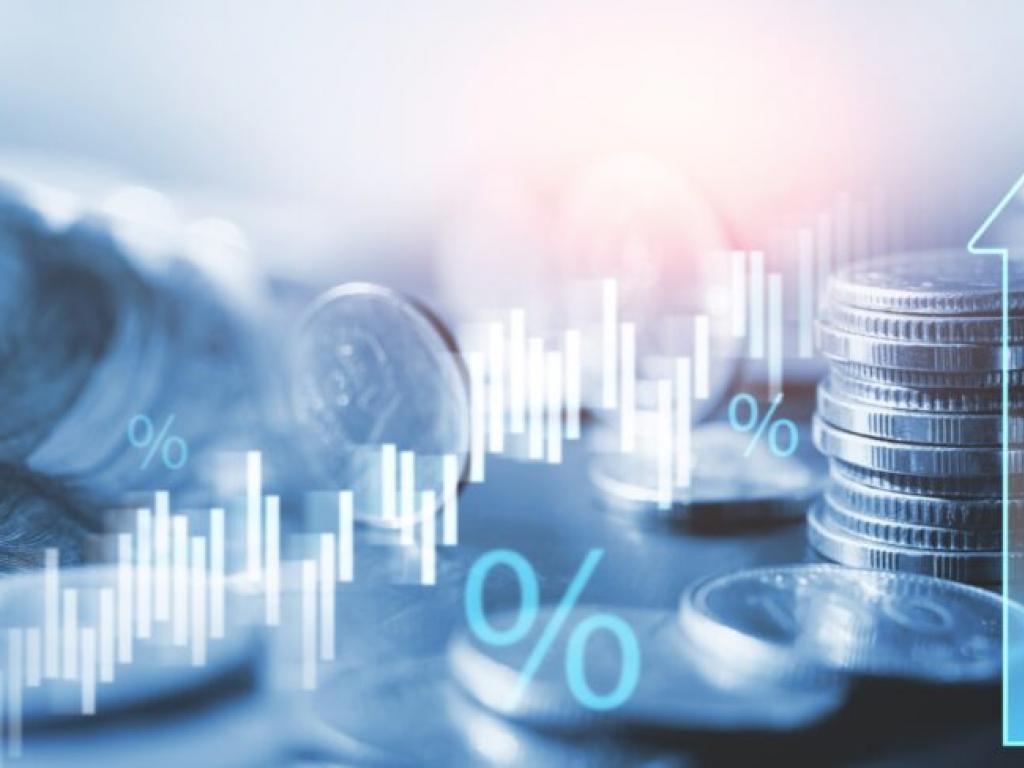Sticky Inflation Persists: Fed's Preferred Measure Climbs, Analysts Sound Off
Author: Neil Dennis | March 29, 2024 10:20am
The headline annual inflation rate, as measured by personal consumption expenditures (PCE), rose to 2.5% in February as expected, up from 2.4% in January as personal spending came in unexpectedly high.
While the monthly inflation rate, according to the Fed’s favored gauge of price increases, dipped from 0.4% to 0.3%, personal spending rose by 0.8% to $145.5 billion, more than the 0.5% expected and higher than the 0.2% increase seen in January.
While the core annual rate came in at 2.8% in February, as expected, January’s 2.8% rate was revised higher to 2.9%.
This leaves inflation still looking a little sticky, especially when taken together with February’s consumer price index (CPI) inflation data published earlier this month that saw the annual headline rate rise to 3.2% from 3.1% in the previous month and the producer price (PPI) data showing even stronger gains.
Also Read: Inflation Ticks Higher In February: Is A May Interest Rate Cut In The Cards?
Analyst Reactions
Analysts were mixed in their thoughts about inflation and its policy implications.
Ian Shepherdson, chief economist at Pantheon Macroeconomics, said: “Our base case is that the core PCE over the next few months will look much more like February than January.
“If we're right about that, and the labor market weakens anything like as much as is implied by the ongoing drop in small firms' hiring plans, the Fed will be easing in June.”
Jeffrey Roach, chief economist for LPL Financial, said: “The trajectory for consumer spending is weakening, especially since real disposable incomes declined in February. Core services inflation is slowing and will likely continue throughout the year.
“By the time the Fed meets in June, the data should be convincing enough for it to commence its rate normalization process.”
Joseph Brusuelas, chief economist at RSM U.S., noted a slowdown in spending on services, particularly mortgages and housing rentals, which have proved among the toughest areas of inflation to cool.
He said on X: “The 2.5% year over year increase is well within what a forward-looking central banker would consider tolerable and on way to the 2% target. In my estimation this is consistent with a June rate cut and three overall reductions in the federal funds policy rate this year.”
He added: “Inside the easing of services one can observe a modest slowing in housing-related inflation. We expect this slowing to accelerate in coming months in both the PCE and CPI which will support calls for relaxation of a restrictive policy rate by the Fed.”
Global Markets Investor took a different view of the data. Its analysts posted on X: “The Fed’s preferred inflation gauge Core PCE jumped well above the 2% target. The most watched by the Fed 3-month and 6-month annualized rates increased to 3.5% and 2.9%, respectively in February Sticky, sticky. Are the rate cuts really coming?”
Investor Tim Whelan held a similar view: “Seems like inflation has ‘stabilized’ at around 3% depending on what measure you watch (CPI/PCE)… well above the 2% target. Unclear to me how the Fed could contemplate decreasing rates in 2024.”
Meanwhile, the Kobeissi Letter said: “We now officially have rising CPI, PPI and PCE inflation. Is higher for longer back?
Now Read: Inflation Rises More Than Expected To 3.2% In February, Rebuffs Expectations Of June Fed Rate Cut
Photo: Shutterstock
Posted In: SPY





